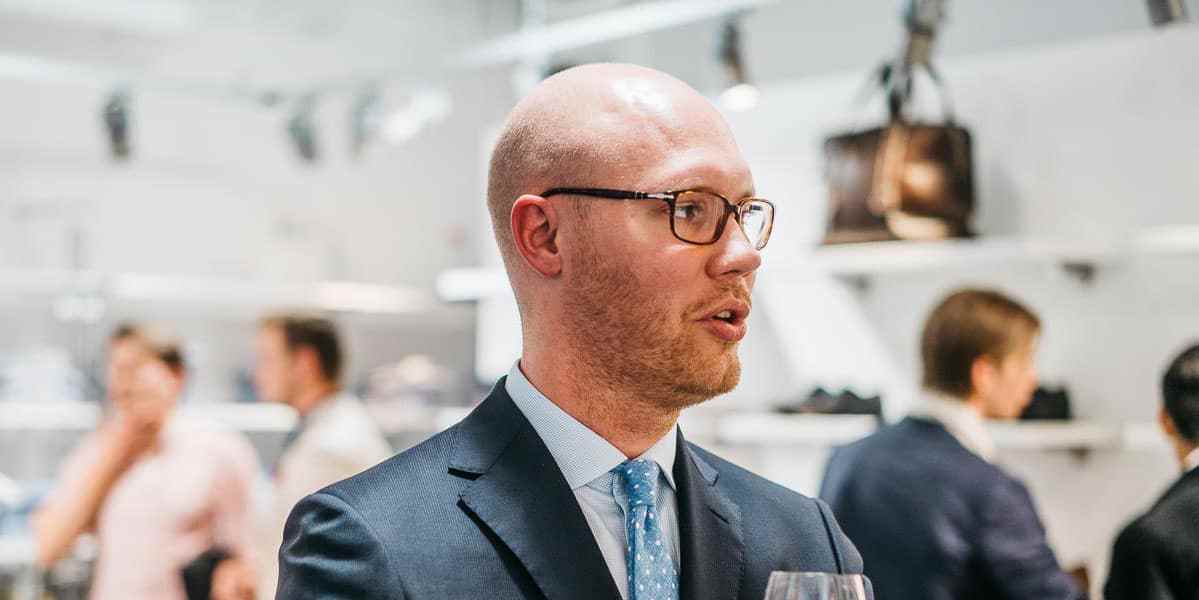If you can only count two dress shoe bloggers in the world, there is no argument about the names in anyone’s opinion, Justin FitzPatrick and Jesper Ingevaldsson.
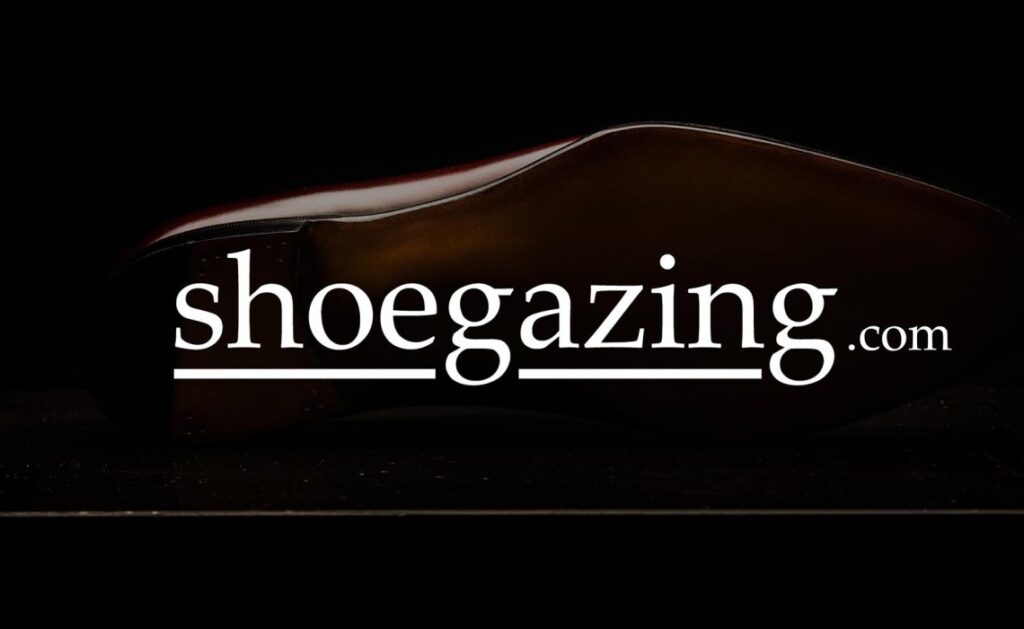
The latter runs the blog Shoegazing for many years, and host Super Trunk Shows in London, Stockholm and Amsterdam.
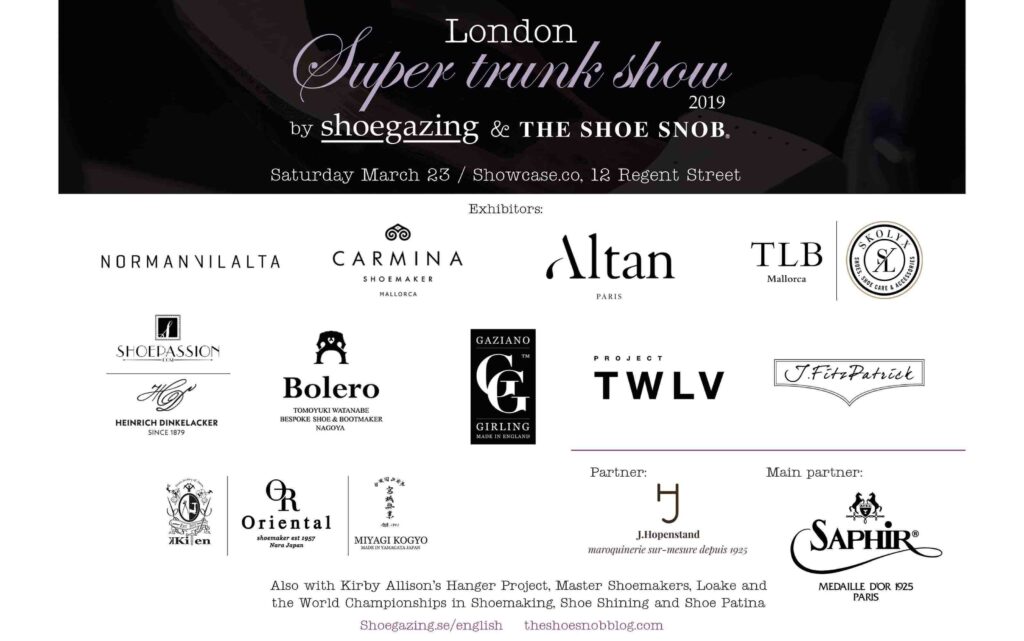
Jesper is also extremely knowledgeable in shoemaking and where this industry is heading.

It is a great honour to have an interview with him.
Disclaimer: All photos in this article are from Shoegazing.com, and authorized by Jesper Ingevaldsson.
There is an ABOUT page on your blog, but we cannot find how and why you started this blog, could you tell us?
This was back in 2012, and I spent a lot of time online learning and discussing classic shoes. My wife said I should do something proper with that time, and start a shoe blog. There weren’t any good ones on classic shoes in Sweden, so I figured I’d give it a go. Since I’m an educated journalist the writing doesn’t take that much of an effort, it’s the research and gathering of content that’s time consuming.
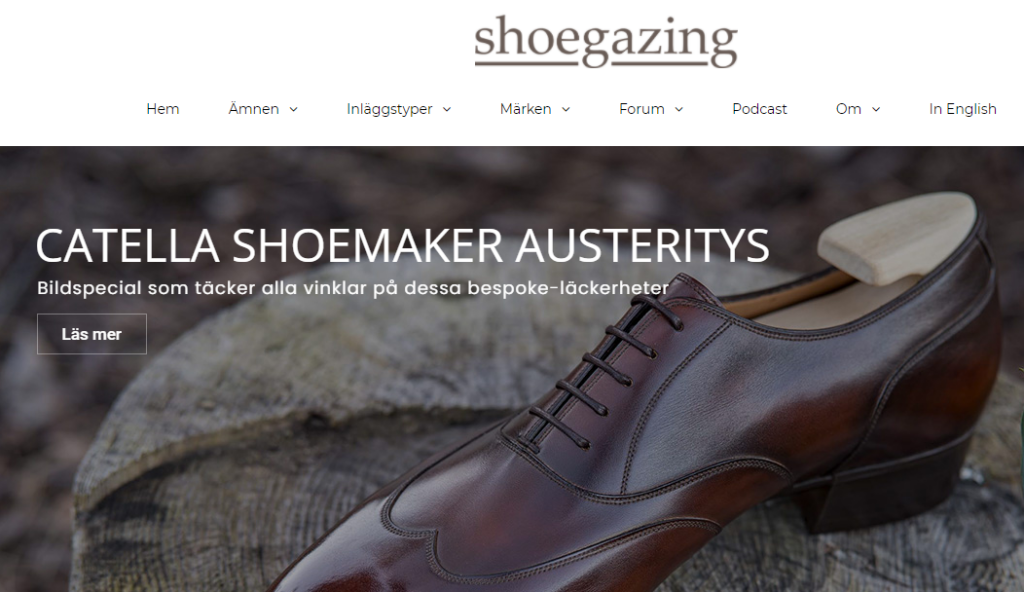
The blog was started in Swedish in 2012, then in 2015 in English. The whole journey with Shoegazing has grown to something way beyond my expectations.
Before you started the blog, you had been in love with dress shoes in years, am I right?
Yeah, but not that long actually. Back in the days I didn’t care at all how I dressed, only thing that mattered was which band was on the t-shirt. Then when I finished university and started working as a journalist, I started dressing a bit more “grown-up”. When I researched for that coat I ended up on some menswear sites, and started getting more interested in these type of clothing. I then bought a pair of Loake 1880 Aldwych in dark brown calf, and then I was hooked.
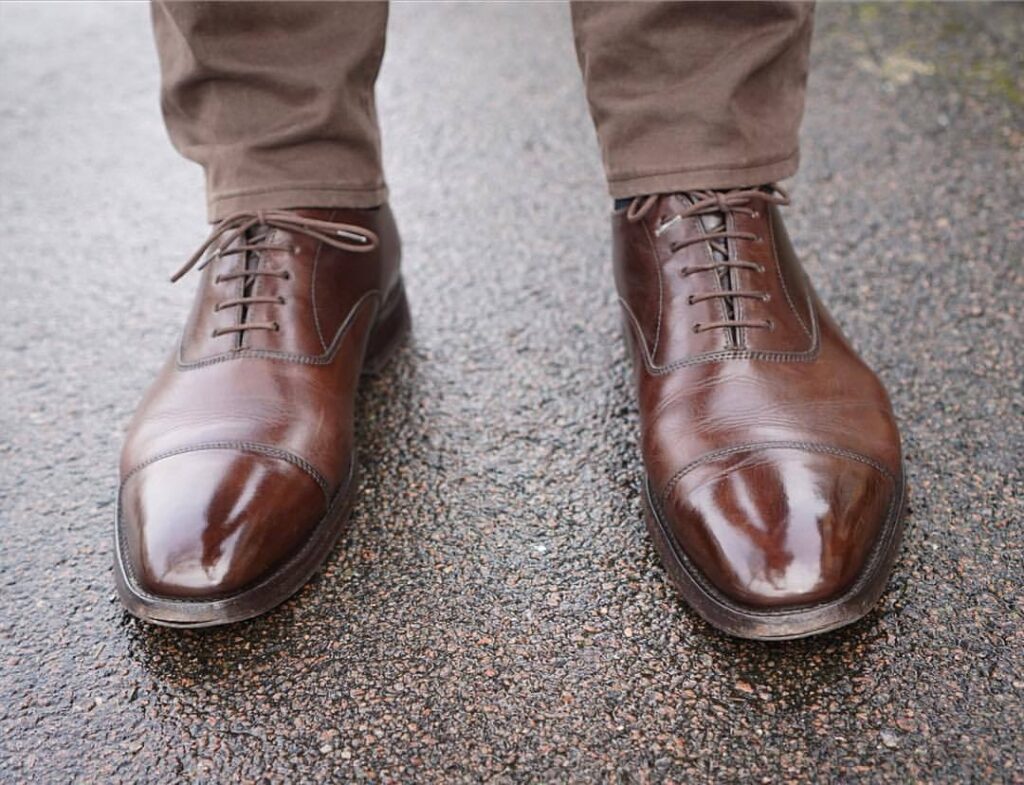
Since then I’ve been all in on learning all I can on traditionally constructed footwear.
Why do you think Sweden does not have a big population but so many shoe shops, brands and shoe lovers?
Partly we are relatively interested in style, we can see that in for example our rather large menswear community and a lot of fashion brands.
But when it comes to classic footwear, there’s a particular reason that played a big role. During the 1990’s the cobblers in Sweden started complaining on the lack of work on quality, welted shoes they received, it was almost only cemented rather cheap stuff they got to work on. One cobbler listened to this, and in a collaboration with The Swedish Cobbler’s Association he started importing Crockett & Jones’ shoes which were sold at a lot of the cobblers around the country, both in big and small cities.
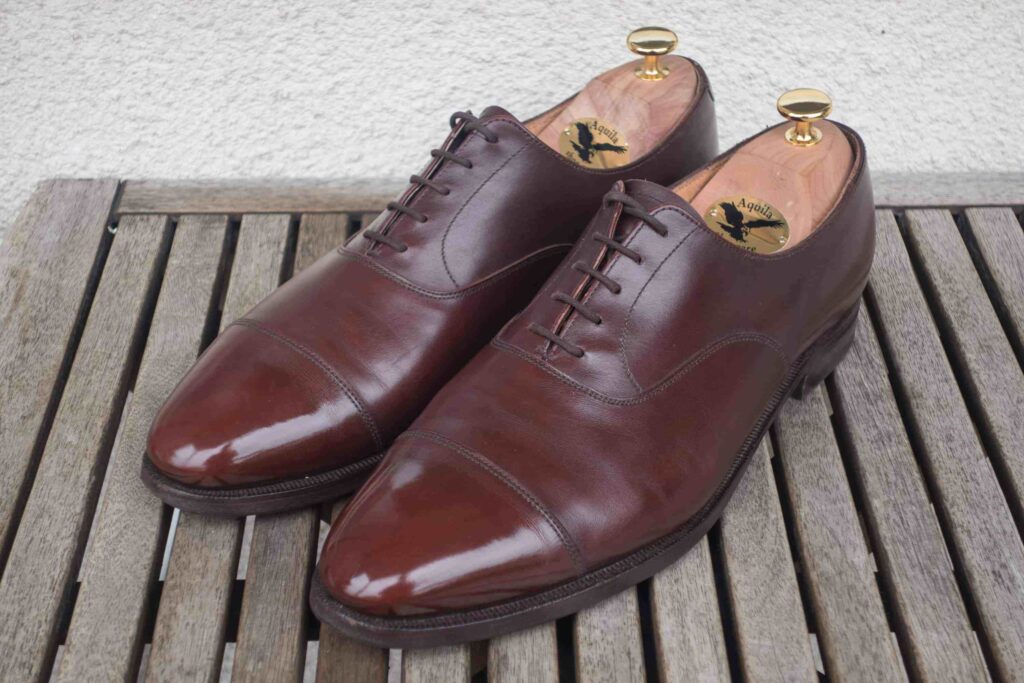
Then when internet came and a general interest in classic menswear and quality arrived, we sort of had a head-start here.
Since when you put eyes on this industry, what has changed dramatically?
The major thing of course is internet and how it has connected both shoe interested and shoe brands and makers in a totally different way than 15-20 years ago. Now everyone can show their stuff to everyone everywhere, and apart from bespoke basically everyone can also order anything and have it shipped to you. This is a massive change, obviously, compared to when you went to your local retailers and saw what was available there, perhaps had a chance to buy something more rare when you were visiting a larger city or so.
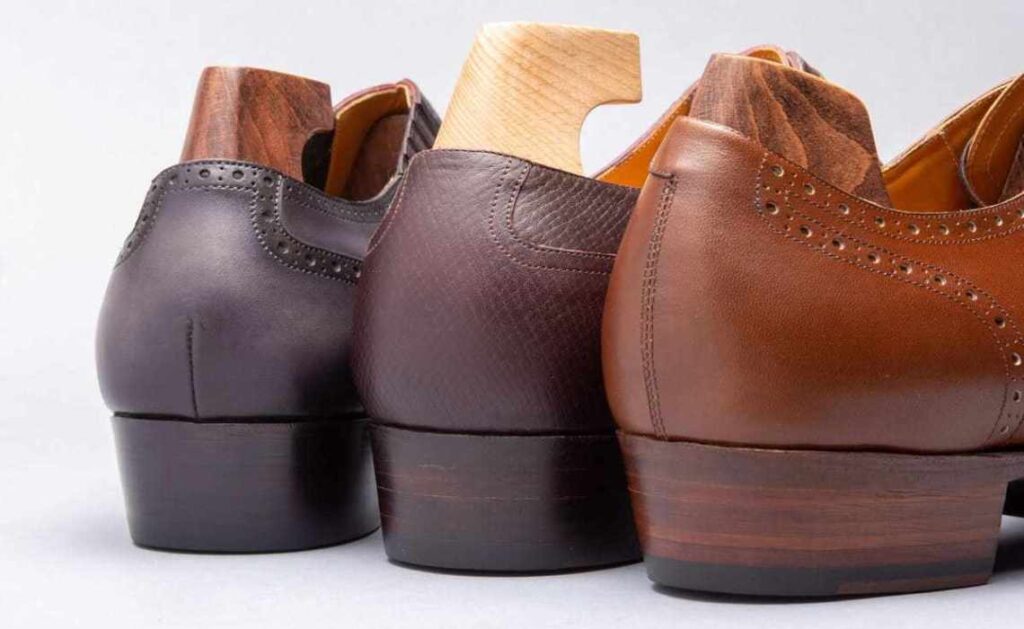
Apart from this the major change is that since the interest has been growing worldwide, and it’s easier to start a new shoe brand today – I mean, I know brands started without ever even visiting the factory they make their shoes in – the market is much more crowded today. This basically goes for all types of shoes in all price ranges, from low-priced Goodyear welted shoes up to full bespoke. Since in many markets we have sort of passed the peak, even if the interest is still big, it means the competition is quite fierce today. For customers, it’s a golden age to be interested in quality shoes though, so much to choose between and you can get a lot of shoes for the price in basically any price point.
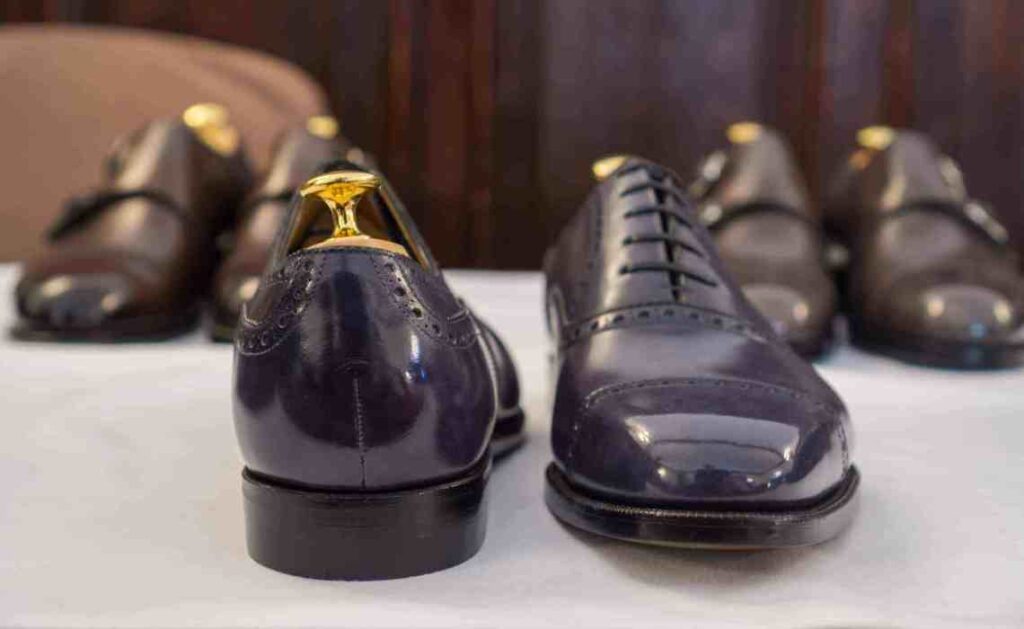
Different regions have different flavors, like English, Italian, Austrian, which one fits your taste most? What is your opinion on Austrian shoemaking?
I cater towards a modernised British shoe style, many would call it a mix between British and French schools of shoemaking, with brands like Yohei Fukuda, Catella Shoemaker and Gaziano & Girling.

I’ve had quite a few shoes from Austro-Hungarian brands, although not made fully to the most traditional style of this. There’s part of it I like, part I’m not that fond of. It’s a solid type of shoemaking, but usually lacks refinement in many regards, I would say.
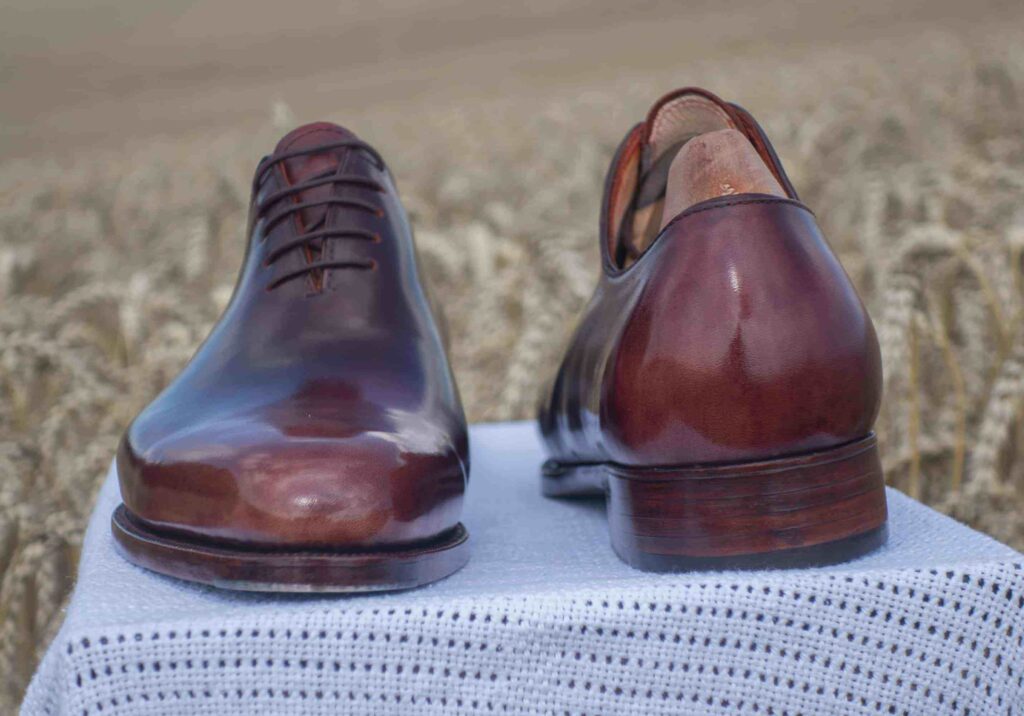
We notice your recent bespoke projects are all from Japanese shoemakers, why do you prefer them to European peers?
Many of them yes, but I also have bespoke shoes ordered from British, Swedish, German and Polish makers, as well as MTM orders from Italian, Austrian and Chinese brands. But yes, I do have a soft spot for Japanese shoemaking, I think some of the best makers in the world are based here, the quality and details of finishing is exquisite, usually also at a relatively good price. What’s impressive is that it constantly shows up new great makers as well. Also their factory-made shoes have a high standard for its price, in general.
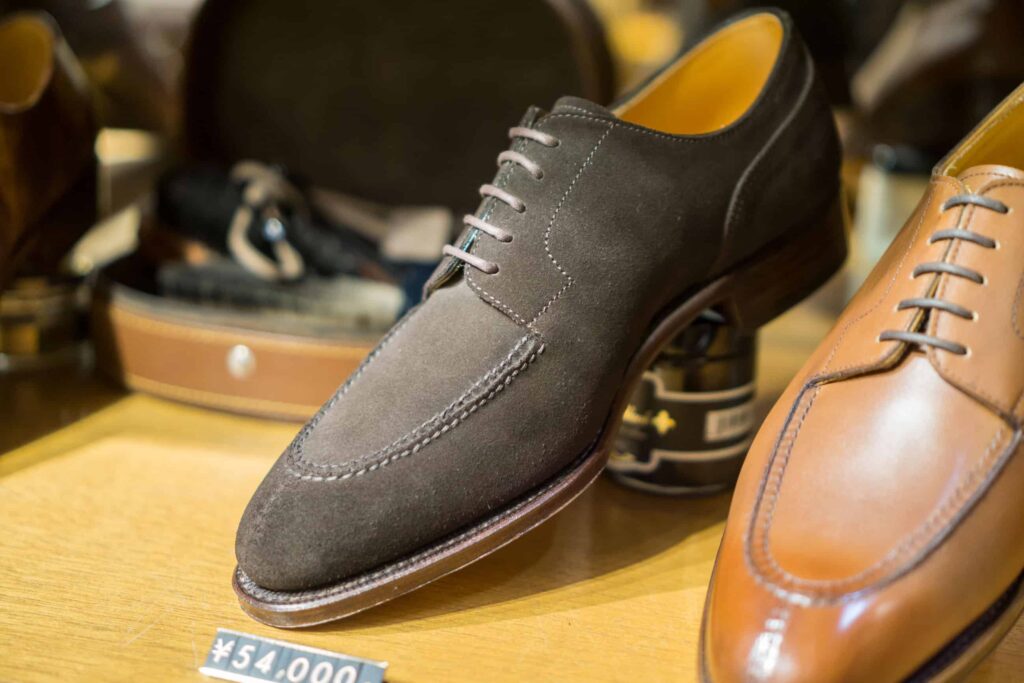
Except working for Skolyx, do you have any other occupations? You are so followed, why did not you start your own business?
The work with Skolyx is my everyday employment, I work 80% for the company. Then 20%, one day a week, I work with Shoegazing.
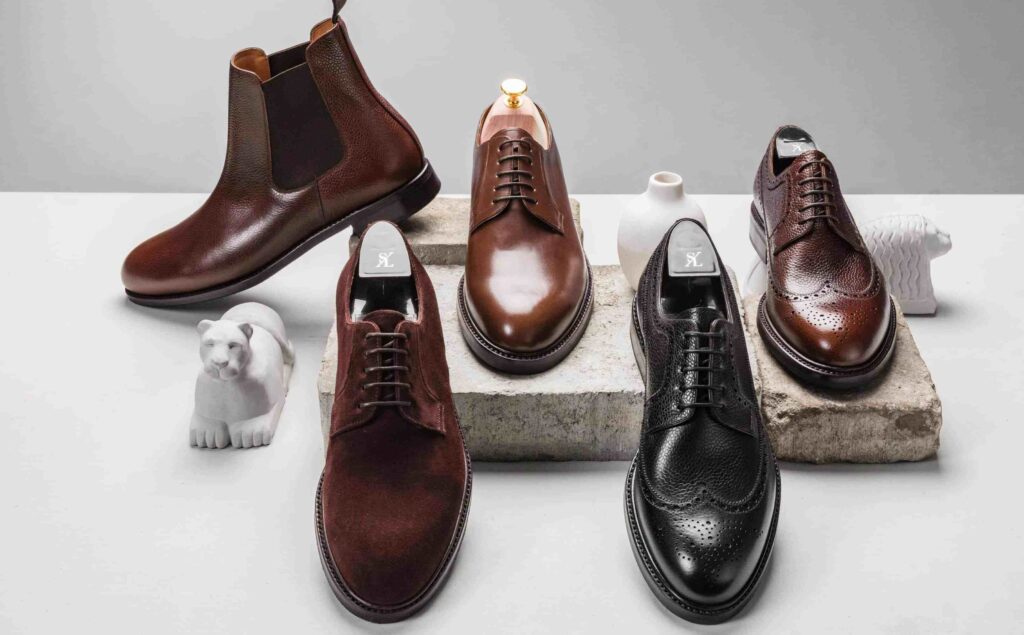
I’ve been asked several times why I don’t start something of my own, or try to gear up to work full time with Shoegazing. I could probably do that, if I really wanted, but I’m not really interested in all the things that comes with running a company and having all my income from that. As it is now is in many ways ideal for me, I have more time with Shoegazing and all that comes with that, the blog, the podcast and the super trunk shoe events than I’ve had most of the time with it, up until two years ago I was working full time in communications, and did it only on the side. Now I have one day a week, plus of course some night and weekend job, but can do things better, and then I get to work with shoes and all things around that with my everyday job at Skolyx.
The success of TLB owes to your insight on the industry and market a lot, for the super popular Artista collection, if you can only choose one, what improvement is in your mind?
I’m very happy with how the Artista range have been received, it was great to have the possibility to be part of the development of the range together with Toni Llobera and the TLB factory. Toni and the factory people is constantly coming up with new ideas and things they want to do and improve, some of it me and Emil at Skolyx are part of giving our input and ideas around, and we also come with our own things, it’s great to be able to work close with such an agile and good factory that I find TLB to be. There’s some cool things being worked on by TLB, but can’t say too much, cause one can’t really say what will become a reality yet.
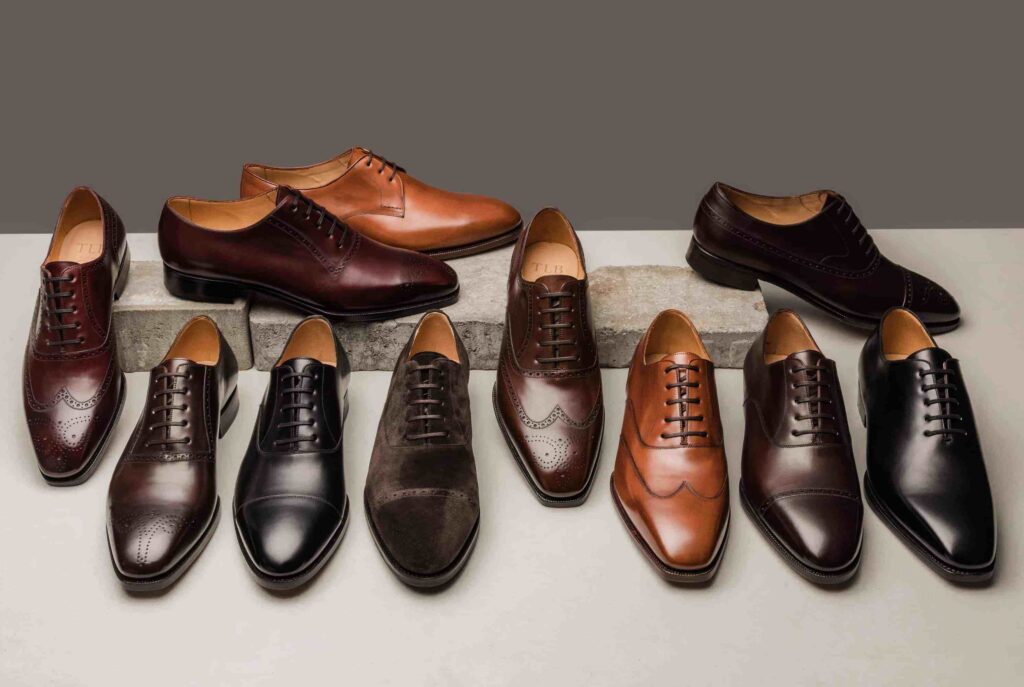
If I were to choose only one improvement, I think it would be finding a solution to be able to also stitch the city rubber soles with the same higher spi sole stitching and with fudged welt. There’s technical and practical limitations stopping that today, which means they don’t look quite as clean as the leather soled shoes. Somehow I would like to find a way around this, then with the excellent work TLB do already with rubber soles one would really reach the same high finish on both leather soled and rubber soled shoes.
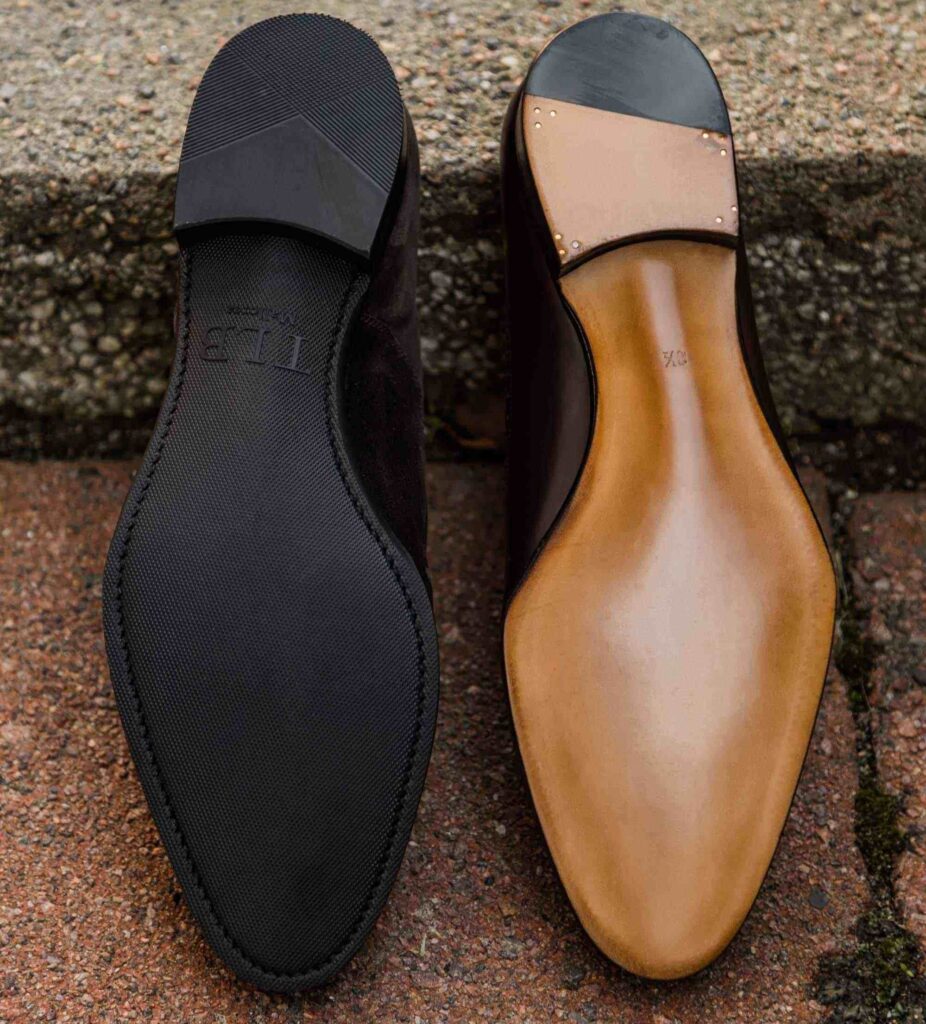
You talked more and more people became to know welted shoes, which is a great progress, however, in this ever more casual world, are you sure this industry is climbing?
If we talk about the classic shoe world, the recent boom has already passed its peak in many markets as I mentioned before. However, that doesn’t mean I think that classic shoes will disappear. It’s a type of footwear that has been around and looked very similar for well over 100 years, I’m sure it will be around for 100 more years, and it will likely come and go a bit of how much “in fashion” it is from time to time, and from market to market.
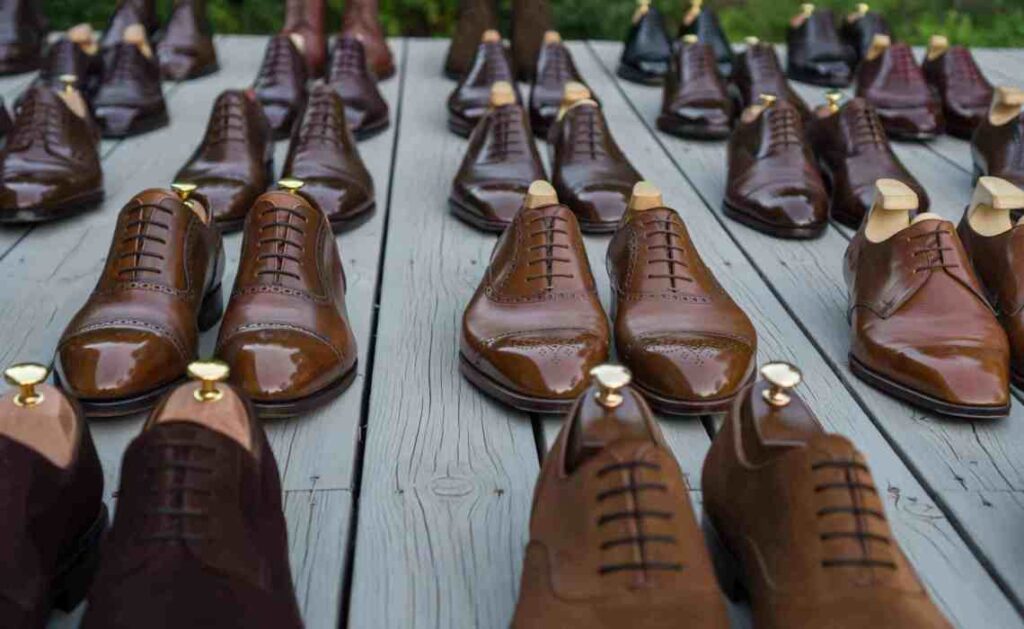
The makers of traditionally constructed shoes of good quality are certainly future proof though, we need to buy things of better quality that can be repaired to be able to build a sustainable society, and this type of products if done right sure fits that. But absolutely, the makers of classic shoes will need to adapt and make more casual styled shoes when this is more in fashion, which we see many do successfully today.
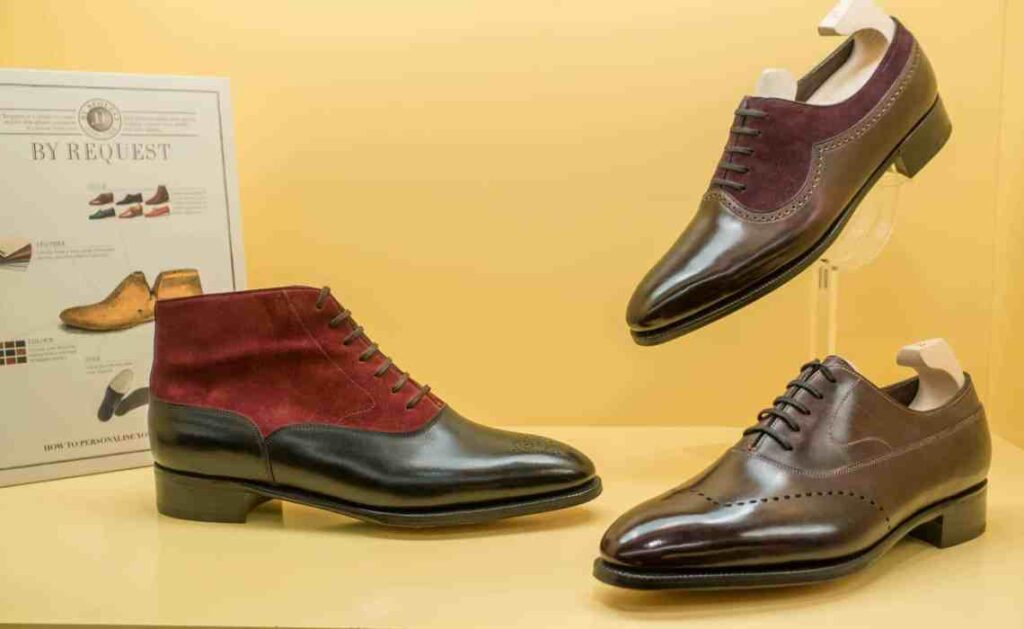
Please speak something to Chinese readers.
China is likely the most interesting country in the world at the moment, when it comes to quality shoes. Both when it comes to the potential it has for sales of this type of footwear, which sure is growing a lot, but also in terms of brands coming out from China. Shoes that offer a lot of bang for the buck, where many also are good at marketing and getting their name out, also internationally.
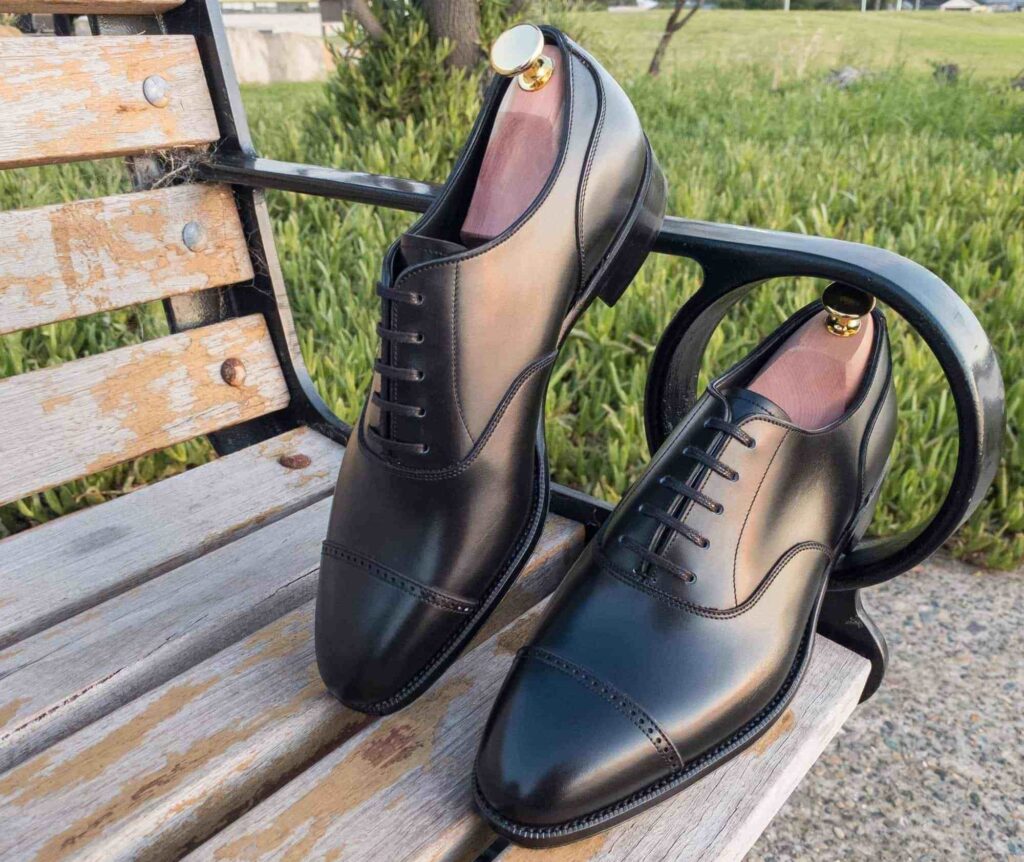
I hope to be able to visit China next year or so to visit a bunch of these brands, as well as some of the great shoe stores you have there, I’m really looking forward to it.

